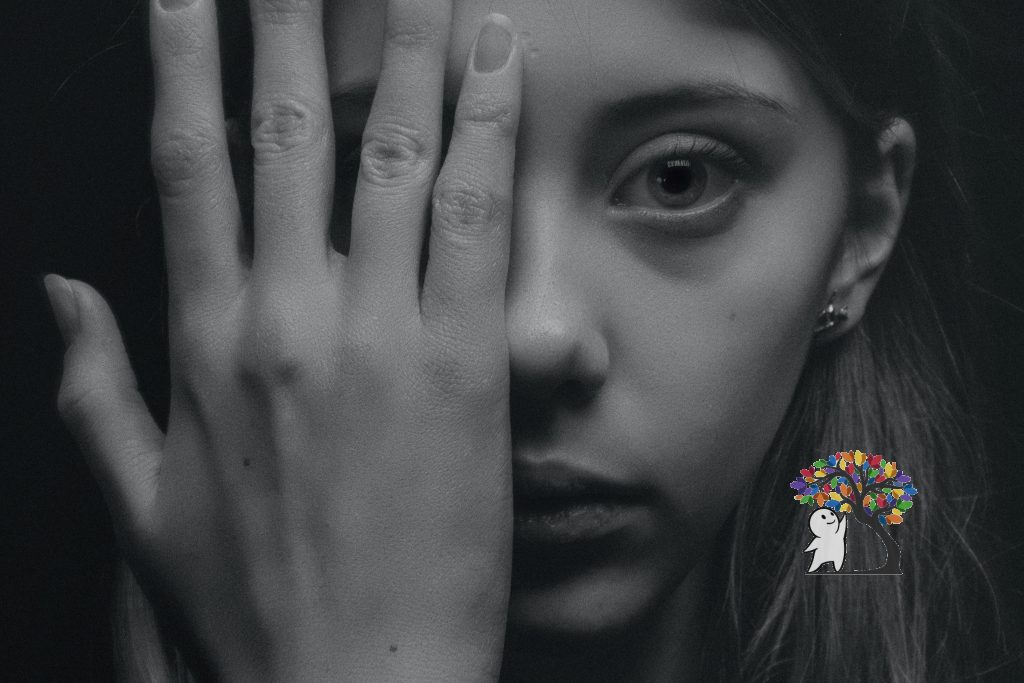Suicidal Thoughts – 17 Things That Contribute To It

According to the CDC 9.3 million adults in the United States have reported having suicidal thoughts in a year. But what are suicidal ideations? It means thinking about and planning a suicide attempt. Having suicidal thoughts does not mean a person will carry out the act. The CDC also states: males are 4 times more likely to end their life. While women more often have suicidal ideations. The following is a list of 17 things that contribute to it:
 Chronic Illnesses: Serious medical conditions may cause people to think about suicide. Depending on the severity of the illness people will consider suicide as a way to cope with the mental and physical anguish they are going through. At times, people can come to believe that suicide is the best way to deal with long-term deterioration.
Chronic Illnesses: Serious medical conditions may cause people to think about suicide. Depending on the severity of the illness people will consider suicide as a way to cope with the mental and physical anguish they are going through. At times, people can come to believe that suicide is the best way to deal with long-term deterioration.- Mood Disorders: Disorders such as, major depression, bipolar, dysthymia, and seasonal affective disorder can contribute to suicidal thoughts. The dangers during a mood disorder occur when people are coming out of deep depression because they have more energy to carry out their thoughts.
- Psychiatric Disorders: Disorders like schizophrenia come accompanied with hallucinations. The hallucinations may direct individuals to commit suicide. Schizophrenia among other psychotic disorders have high rates of suicide ideation because those who struggle can lose touch with reality. Not knowing what is real vs what is not.
-

Pic by: Anton Darius Impulse Control Disorders: Some people can be more impulsive than others. Those that are, tend to not focus on the consequences of their actions. They are reward based driven. Meaning, they are more willing to participate in dangerous behaviors such as, suicide.
- Abuse & Trauma: Sexual, physical, and emotional abuse increases suicidal attempts by 2 and half to 3 times more likely. Abuse has long-term consequences on a person’s life. Depending on the frequency and severity of the abuse. The person will in some cases think about suicide as a way to cope with their pain.
- Domestic Violence: Survivors and victims think about suicide as an escape from their terrifying situation. When a person is immersed in a violent relationship. They believe suicide is their best option because they fear that their abusive partner will find them and hurt or kill them. The fear of not having support, employment or an education to survive on their own becomes too much to handle as well.
-

Pic by: Paola Chaaya Access to Weapons: Firearms can increase suicidal ideations and attempts in people who are struggling with mental and physical illnesses, substance abuse and/or difficult situations. The reason for this is because sadly, people know that the use of firearms will increase their chance of success.
- Stigma: Unfortunately, now-a-days the stigma that surrounds mental illness and suicide causes people to not seek out help. The longer individuals go without receiving help. The bigger the chances their suicidal ideations and attempts will increase.
- Family History of Suicide: Children and teenagers learn through observation and modeling. If they have been exposed to family members or close friends who have attempted or died from suicide. Then this can increase suicide ideation because they indirectly believe it is an accepted way to cope with their problems.
- Relationship Problems: Problems in a relationship or the ending of one. Come accompanied with emotional and mental anguish. People who deal with uncertainty in their relationships can become overwhelmed. Feelings of abandonment, worthlessness and guilt may contribute to suicidal thoughts. This usually occurs in the person who is being broken up with. The person who does the breakup in most cases have already gone through the grieving process.
 Bullying: According to the CDC approximately 4,400 people commit suicide per year due to bullying. This contributes to feelings of unworthiness, low self-esteem, depression, anxiety, and hopelessness. In severe cases those who are being bullied can come to believe suicide is the only way out of their torment.
Bullying: According to the CDC approximately 4,400 people commit suicide per year due to bullying. This contributes to feelings of unworthiness, low self-esteem, depression, anxiety, and hopelessness. In severe cases those who are being bullied can come to believe suicide is the only way out of their torment.- Difficult Life Events: Stressful life events can have a lasting effect on people. These can vary from natural to man-made disasters. To being diagnosed with a terminal illness and much more. Depending on how grave and acute the stressor is. The more a person can consider suicide. Especially if they have poor problem-solving skills.
- Survival Guilt: This ranges from witnessing abuse and war, among other violent acts. Survival guilt occurs when people survive violent incidents. While watching others die. This in turn makes them feel guilty. In many cases it is difficult to forgive themselves. Therefore, suicidal thoughts may occur and increase as time passes by.
- Poverty: Low income families are at high risk of suicide. This is due to not having access to resources. Some individuals don’t have food, income or housing security. This comes accompanied with stress and desperation. Those that struggle with this can think suicide will solve their problem.
-

Pic by: Cameron Stow Past Suicide Attempts: Those who have attempted suicide are at a higher risk. Teens who have prior attempts are 3 times more likely to try again within a year. This is because their suicidal thoughts have convinced them it is their only option.
- Substance Abuse: Alcohol and other drugs increase suicide ideation in people. Especially, in youth and young adults. Alcohol and drugs mess with the balance of neurotransmitters in the brain. If the drug has a crash at the end or a person has a dependency. This will increase the chance someone will think about suicide.
- Prescription Drugs: Did you know prescription drugs can cause suicidal ideations and even depression? Now, this isn’t to scare you off. The right medication and dosage should help you feel better. At times mixing different medications can worsen suicidal thoughts. It is important to monitor yourself along with the help of a doctor to prevent these symptom.
I hope this article can help you understand better the risk factors that contribute to suicidal thoughts and behaviors. This is a topic that shouldn’t be taken lightly. Everyone of us have at one point of our lives have thought about ending our life. As long as you don’t give that thought power. You will be okay.
To those struggling with suicide, here is a letter for you: Dear, Suicidal Person




Also, under impulse control issues, ADHD nice little sub effect, rejection sensitivity dysphoria, which is an immediate and visceral reaction to even the perception that someone is disappointed in you or when you think they should be (and certainly when someone actually is) and even when you’re disappointed with yourself. It feels not un-akin to being stabbed in the chest with an icicle, and even when you know intellectually it’s silly, you can’t stop feeling that way and sobbing your eyes out for a while. And that is when ADHDers are possibly most at risk.
CBT has generally been found unhelpful because it occurs so immediately, and medications, when they work, which is less than most because ADHD and the number of different types of medications you have to try before finding one that works is higher than for other conditions.